Top 10 Cheeses of Spain: Know Spain for Tradition, Variety, and Origins
Spain offers a feast for the senses because history, culture, and gastronomy blend together to create a genuinely rare experience.
From the sun-soaked beaches of the Mediterranean to the rugged mountains of the Pyrenees, Spain’s diverse landscapes are matched only by the richness of its culinary heritage.
Spain’s history is a tapestry woven from a variety of influences, including Roman, Moorish, and Christian civilizations. Each of these cultures has left its mark on the country’s architecture, language, and, of course, its cuisine.
One of the most delightful aspects of Spanish culture is its cheese, a product of centuries-old traditions and regional diversity.
Spanish food is characterized by the use of fresh, local ingredients, and its cheeses are no exception. The country now boasts 26 Denominations of Origin (DOP) for cheese, a designation that protects the quality and tradition of these products within the European Union. These cheeses not only reflect the distinct terroir of their regions but also the deep-rooted traditions of the people who make them.
THE TOP 10 CHEESES OF SPAIN
Let’s embark on a tour of Spain through ten of its most renowned cheeses, each with its own unique story, flavor profile, and cultural significance.
1. QUESO MANCHEGO (Castilla-La Mancha)
Manchego is perhaps the most famous Spanish cheese, hailing from the region of Castilla-La Mancha. Made from the milk of Manchega sheep, this cheese has a firm, compact texture and a buttery, slightly tangy flavor.
Depending on its aging process, it can range from mild (fresco) to sharp and intense (curado). Manchego is traditionally served with quince paste (membrillo), nuts, or olives, making it a staple of any tapas spread.
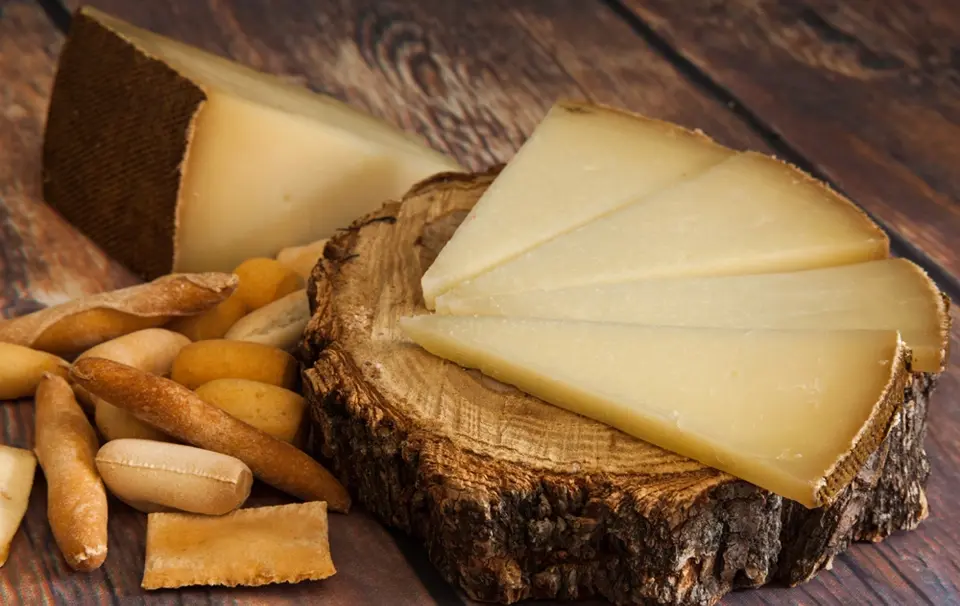
2. QUESO DE CABRALES (Asturias)
Cabrales is a blue cheese with a strong, pungent flavor, produced in the region of Asturias. It is made from a blend of cow, goat, and sheep milk and is aged in natural limestone caves, where the humidity and temperature give it distinctive blue veins. This cheese is not for the faint-hearted, its intense aroma and flavor make it a good choice.

3. QUESO IDIAZABAL (País Vasco)
Idiazabal is a smoked, unpasteurized sheep’s milk cheese from the Basque Country. Its distinctive smoky flavor comes from the traditional practice of aging the cheese in wood smoke.
Idiazabal is firm, with a slightly oily texture and a nutty, buttery taste.
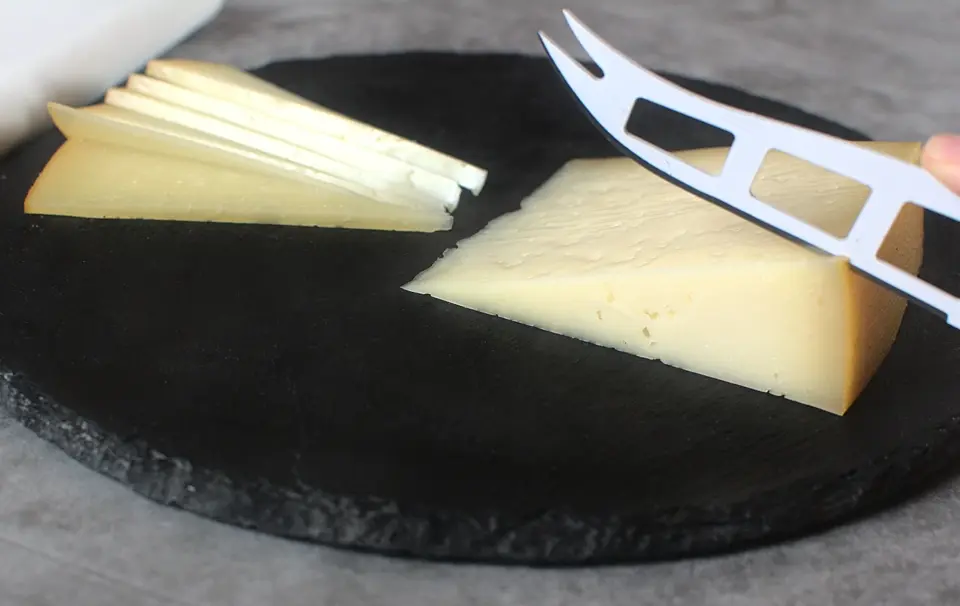
4. QUESO DE TETILLA (Galicia)
Tetilla cheese, named for its characteristic breast-like shape, comes from Galicia in Northwestern Spain. Made from cow’s milk, this cheese is creamy and mild with a slightly tangy finish.
Its smooth, buttery texture makes it a popular choice for melting over dishes or enjoying on its own.
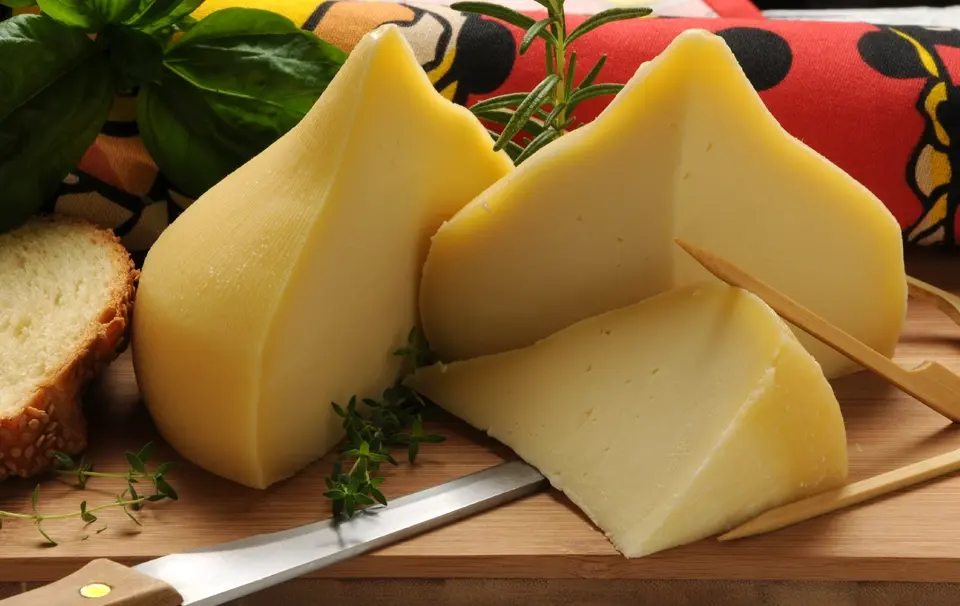
5. QUESO MAHÓN-MENORCA (Islas Baleares)
Hailing from the island of Menorca in the Balearic Islands, Mahón cheese is made from cow’s milk and is known for its orange rind, which develops during the aging process.
The flavor of Mahón is complex, ranging from sharp and salty when aged to mild and creamy when young. Its crumbly texture and tangy taste make it a favorite among cheese lovers.
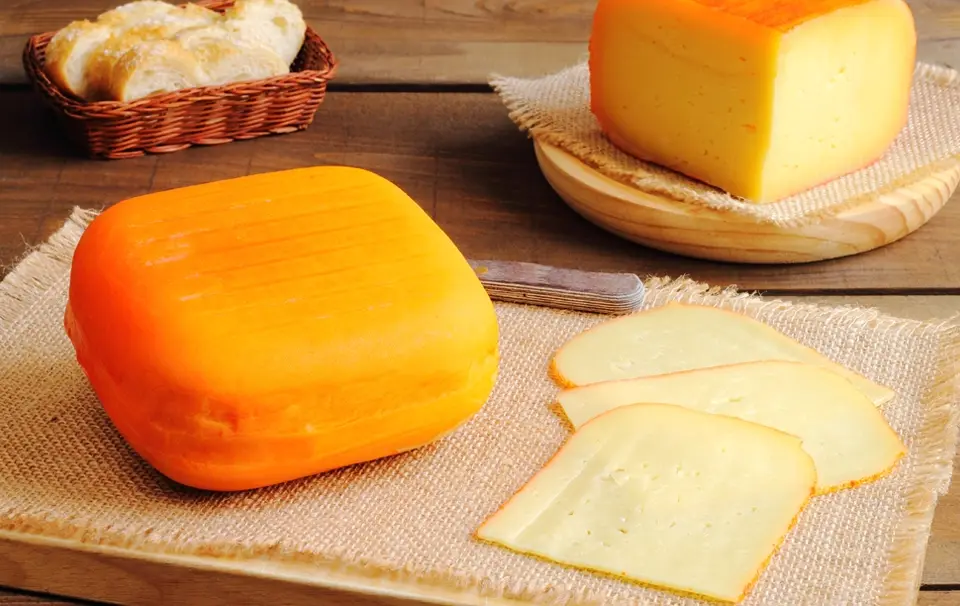
6. TORTA DEL CASAR (Extremadura)
Torta del Casar is a unique cheese from Extremadura, known for its creamy, almost liquid interior. Made from raw sheep’s milk, it has a strong, slightly bitter flavor and is traditionally eaten by slicing off the top of the cheese and scooping out the soft interior with bread.
Torta del Casar is a true delicacy, reflecting the rugged terrain and rich pastures of its home region.
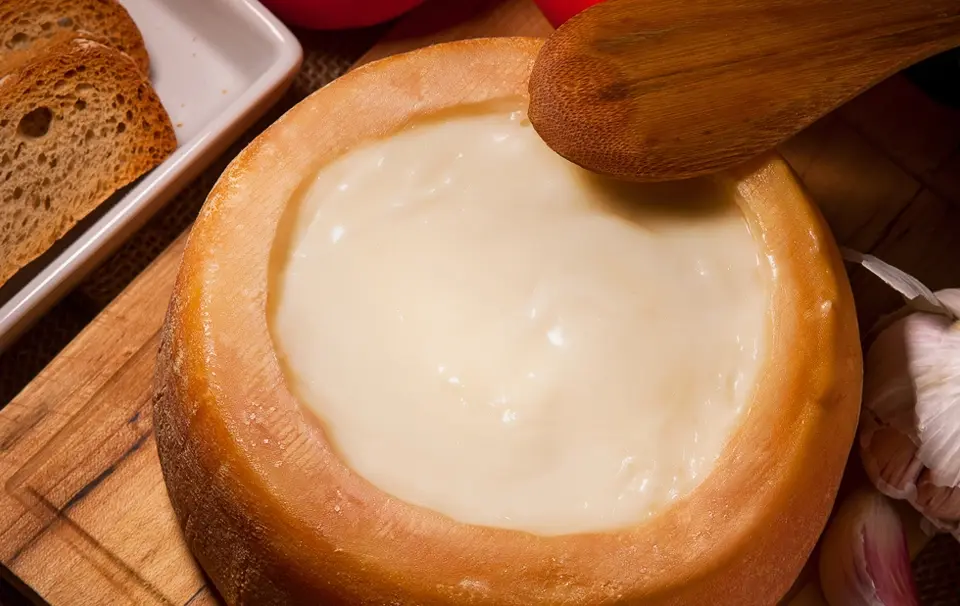
7. QUESO RONCAL (Navarra)
Roncal cheese, from the Roncal Valley in Navarra, is made from raw sheep’s milk. It has a hard texture and a rich, nutty flavor with a hint of butter and hay.
This cheese is deeply connected to the Pyrenees mountains and is one of Spain’s oldest DOP-protected cheeses.
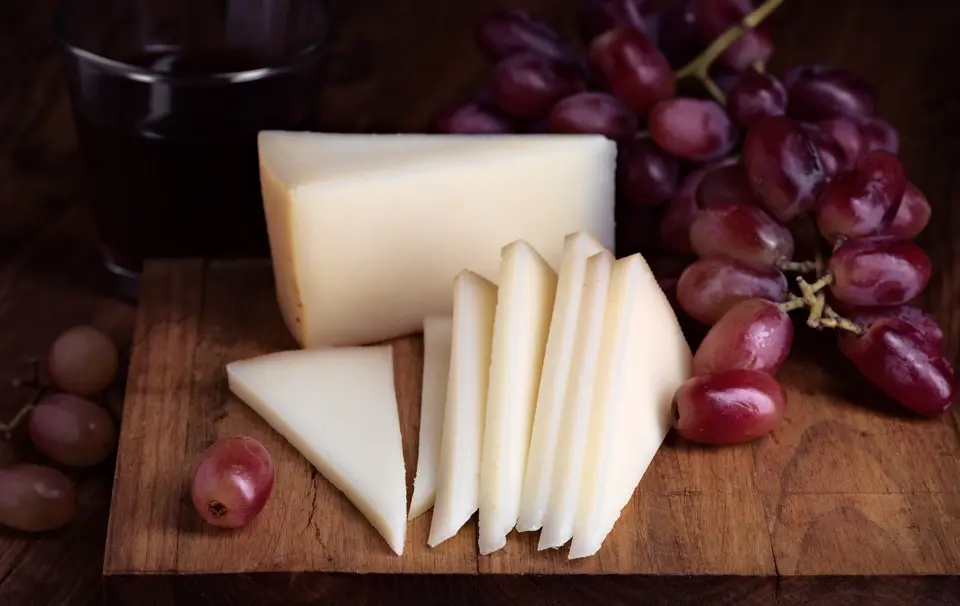
8. QUESO PAYOYO (Andalucía)
Payoyo cheese comes from the Sierra de Grazalema in Andalucía, made from the milk of the rare Payoya goat and Merina sheep. This artisanal cheese is creamy, with a slightly tangy taste that reflects the rugged landscape of its origin.
Payoyo has gained popularity in recent years, becoming a favorite among gourmet chefs.

9. QUESO MAJORERO (Canarias)
Majorero is a goat’s milk cheese from the Canary Islands, particularly Fuerteventura. It has a slightly tangy flavor with a hint of nuttiness, and its texture can range from semi-soft to hard, depending on the aging.
Majorero is often rubbed with paprika or gofio (a type of Canarian flour), giving it a distinctive reddish rind.

10. QUESO ZAMORANO (Castilla y León)
Zamorano cheese, made from sheep’s milk in Castilla y León, is similar to Manchego but with a slightly sharper flavor. It is aged for several months, developing a crumbly texture and a rich, nutty taste.
Zamorano reflects the pastoral traditions of its region, where sheep farming has been a way of life for centuries.

A JOURNEY THROUGH FLAVOR
As you can see, exploring Spain’s cheeses is a journey through the country’s diverse landscapes, cultures, and histories. Each cheese tells a story, not just of the land from which it comes, but of the people who have crafted it with care and dedication over generations. Whether enjoyed on their own, paired with wine, or used in traditional recipes, these cheeses offer a taste of Spain’s rich culinary heritage.
Next time you find yourself in Spain, take the time to savor these delicious cheeses. They are more than just food—they celebrate the country’s culture and the art of cheesemaking. Enjoy!





